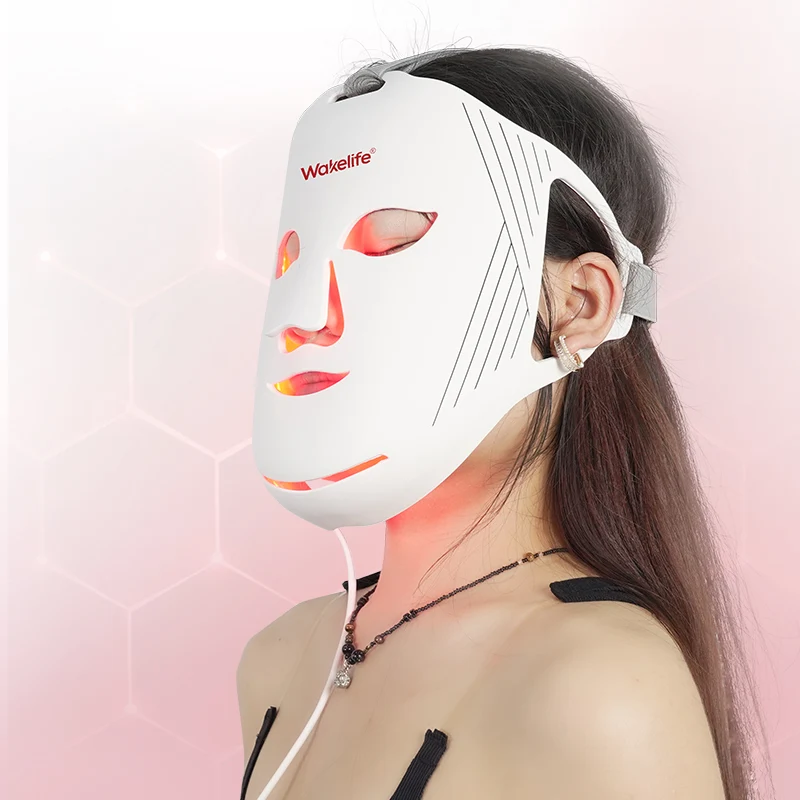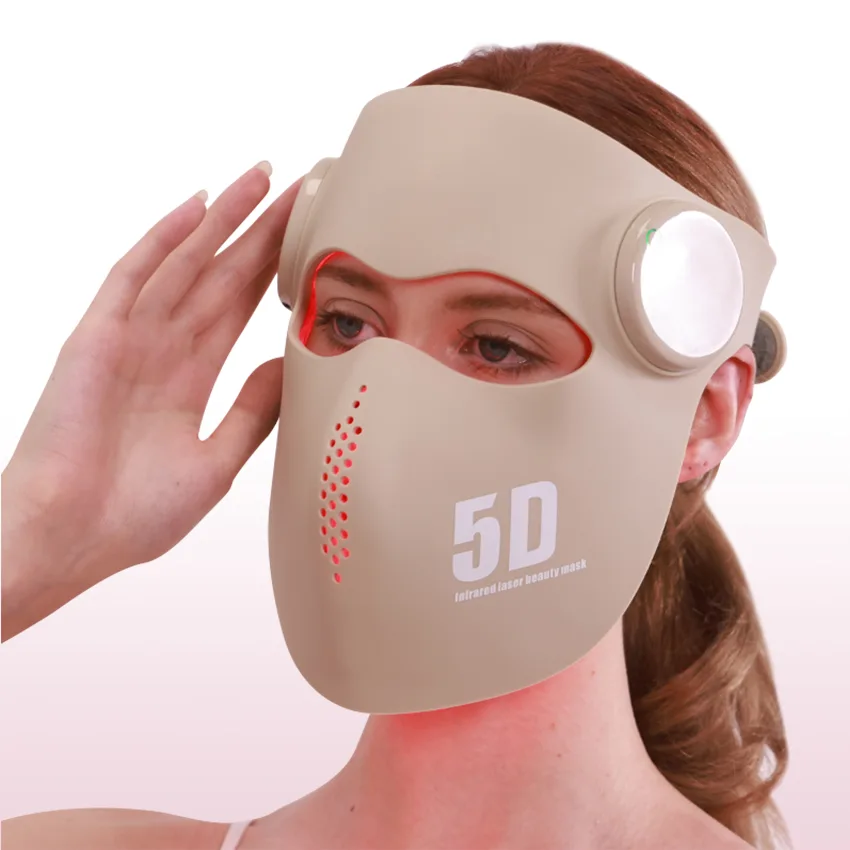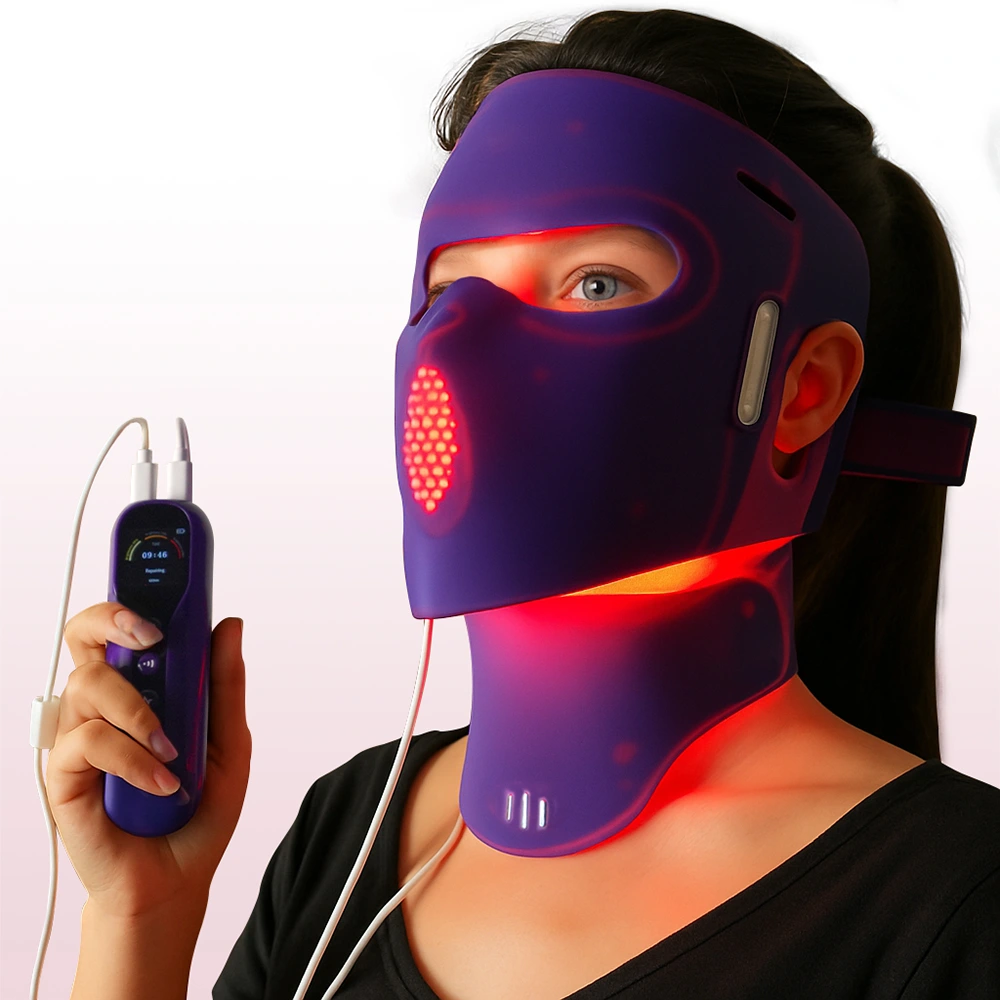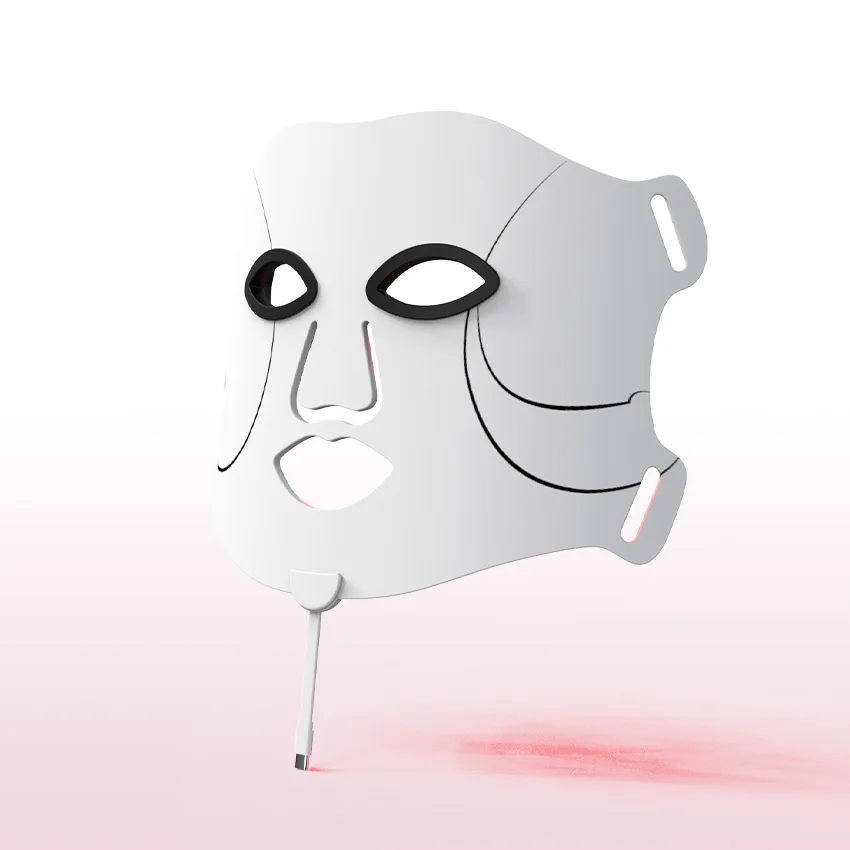Blue Light Therapy
What is LED Blue Light Therapy?
LED blue light therapy is a non-invasive skincare treatment that uses specific wavelengths of blue light (typically between 415–470 nm) to target surface-level skin issues such as acne and blackheads. It works primarily on the epidermis and is known for its ability to regulate sebum production, kill acne-causing bacteria (Propionibacterium acnes), and reduce inflammation. Due to its gentle and safe nature, it is widely used in dermatology and cosmetic treatments.

Blue Light Therapy vs. Everyday Blue Light
You’ve probably heard that the blue light from screens can harm your eyes. But don’t worry—the blue light used in skincare devices is completely different.
Therapeutic blue light, usually centered around 415nm, is precisely calibrated in terms of wavelength, energy density, and exposure duration. It’s designed specifically for skincare benefits.
In contrast, screen-emitted blue light is a mix of wavelengths at low energy, continuously emitted, and often referred to as “light pollution”—with no therapeutic value.
How Does LED Blue Light Therapy Work?
Blue light penetrates the skin to a depth of approximately 0.5–1 mm, making it ideal for treating mild to moderate inflammatory acne. It initiates a photochemical reaction that disrupts the cellular structure of P. acnes, reducing bacterial presence and suppressing inflammation.
Additionally, blue light helps balance sebaceous gland activity, which in turn minimizes oil production and improves clogged pores. While it does not stimulate collagen like red light, it offers distinct advantages in oil control and skin clarity.
Blue Light vs. Red Light: A Power Duo in Skincare
In most light therapy devices, blue and red light are commonly paired to create a synergistic skincare strategy:
Step 1: Blue Light—Clear the Path
Blue light goes first to kill acne-causing bacteria, reduce inflammation, and deflate existing breakouts quickly.
Step 2: Red Light—Support Healing
Once the infection is under control, red light (typically around 630–660nm) is applied. Red light penetrates deeper to boost circulation, reduce post-inflammatory hyperpigmentation (like red acne marks), and stimulate collagen production to repair acne scars or small indentations.
This “clear then repair” approach not only resolves individual breakouts faster and more thoroughly but also enhances skin texture and helps prevent scarring, providing full-spectrum acne management.
Wakelife Blue Light Therapy Mask
Wakelife light therapy devices typically use blue light with a wavelength of 415 nm.







